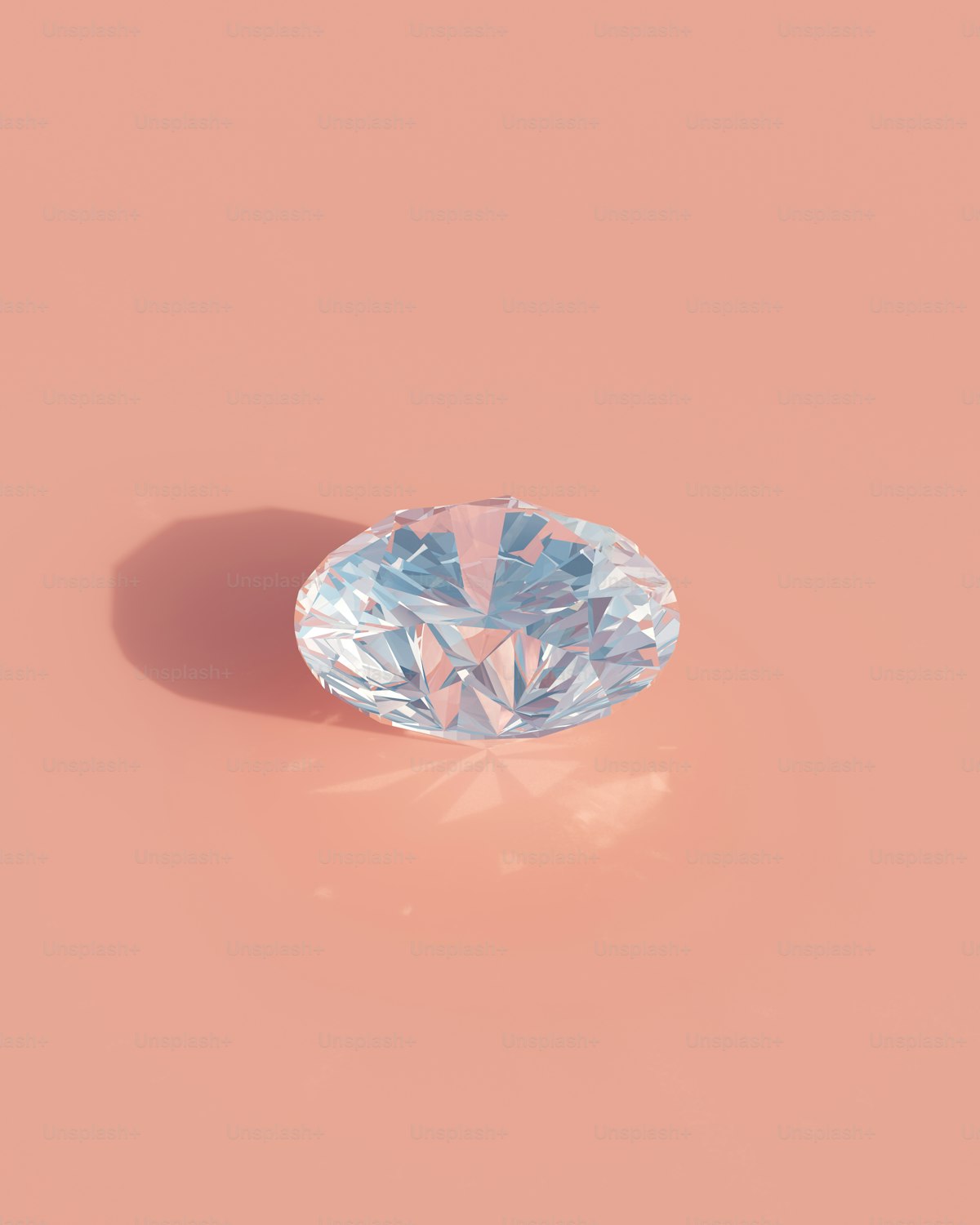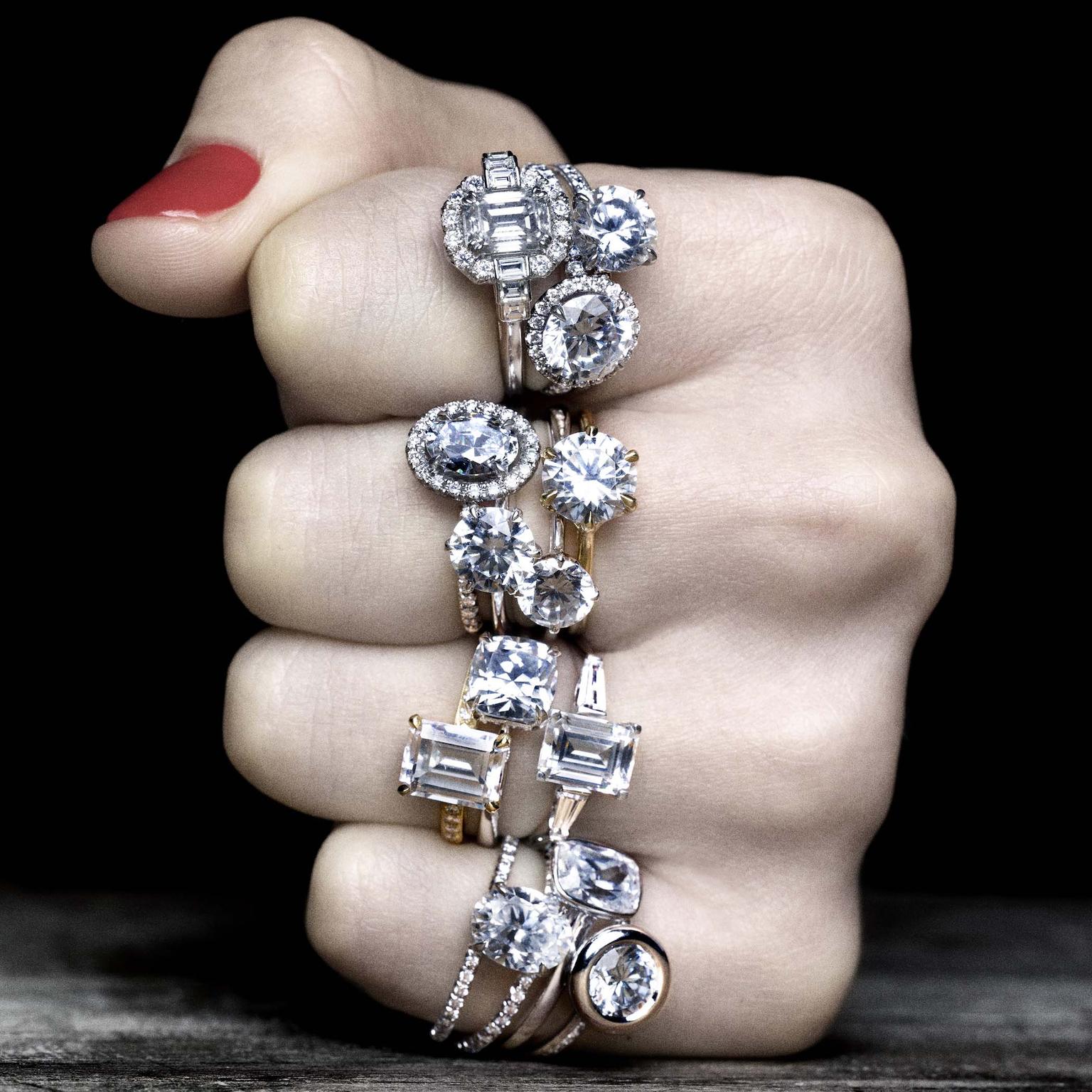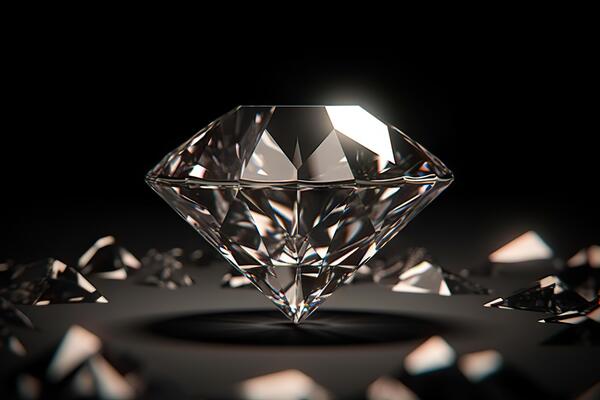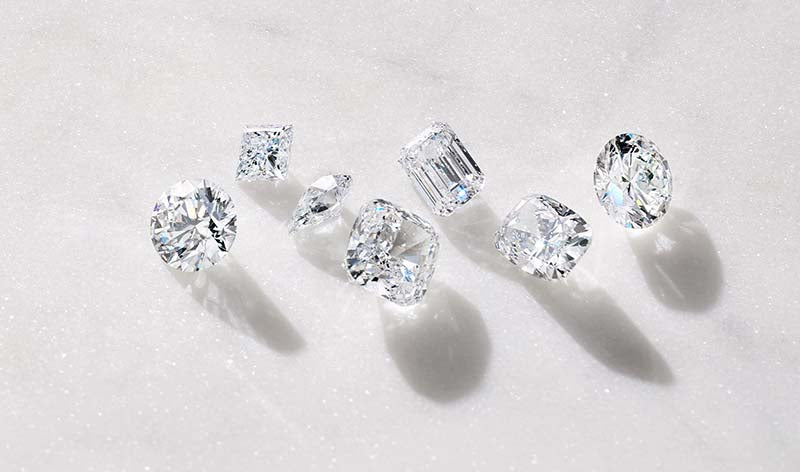Table of Contents
Moissanite: The Lab-Grown Diamond Alternative
While exploring alternatives to traditional diamonds, moissanite that is often comes into consideration because of its staggering brilliance and durability. While ordinarily associated with lab-grown diamonds, moissanite is distinct through its own effort. This article delves into the characteristics of moissanite, how it compares to lab-grown diamonds, and why it may be an appealing decision for those searching for an ethical and practical gemstone.
What is Moissanite?
Moissanite, also known as silicon carbide, is a gemstone that was first discovered in 1893 by French scientist Henri Moissan. Originally tracked down in a meteorite crater, moissanite is a rare natural mineral. However, today’s moissanite is predominantly lab-grown, which makes it an accessible and affordable decision for consumers.
The Creation of Lab-Grown Moissanite
Modern moissanite is primarily created through manufactured processes in laboratories. This controlled climate allows for the creation of great gemstones without the environmental and ethical issues associated with mining. Lab-grown moissanite shares the same chemical properties as its natural counterpart yet is delivered in a fraction of the time.
Comparing Moissanite and Lab-Grown Diamonds
However moissanite is often referred to alongside lab-grown diamonds, seeing the distinctions between the two is essential.
Organization and Construction
Moissanite is made from silicon carbide, whereas lab-grown diamonds are made out of unadulterated carbon. Lab-grown diamonds are chemically and structurally identical to natural diamonds, while moissanite, despite its similarity in appearance, varies in piece and hardness.
Brilliance and Fire
One of the most notable features of moissanite is its exceptional brilliance and fire. Moissanite shows a higher refractive index compared to diamonds, bringing about greater sparkle and rainbow-like flashes of variety. This attribute makes moissanite a visually striking alternative to diamonds.
Hardness and Durability
On the Mohs scale of mineral hardness, moissanite scores a 9.25, making it truly durable and suitable for everyday wear. Lab-grown diamonds, being diamonds, score an ideal 10 on the scale. While the two gemstones are profoundly durable, diamonds are marginally more resistant to scratching and abrasion.
Cost and Value
Moissanite is generally more affordable than lab-grown diamonds. This value distinction can be attributed to the fact that moissanite is not as rare or costly to create as diamonds. For those searching for a beautiful gemstone on a careful spending plan, moissanite presents an attractive decision without choosing quality or appearance.
Ethical and Environmental Considerations
Both moissanite and lab grown diamonds offer ethical and environmental advantages over mined gemstones. Lab-grown diamonds eliminate the prerequisite for destructive mining practices and conflict-related issues. Moissanite, being lab-created, also avoids the ethical and environmental concerns associated with traditional mining.
Picking Moissanite for Your Jewels
While considering moissanite for pearls, it is important to assess personal inclinations and needs. Moissanite’s brilliance, affordability, and ethical advantages make it a popular decision for engagement rings, earrings, and other fine pearls. Additionally, its versatility allows it to enhance various styles and settings.
Care and Maintenance
Caring for moissanite pearls includes routine cleaning to maintain its brilliance. Delicate soap and water, along with a soft brush, are generally adequate for cleaning moissanite gemstones. Regular professional maintenance guarantees that the gemstone remains in optimal condition after some time.
Conclusion
Moissanite offers a convincing alternative to lab-grown diamonds, getting exceptional beauty together with ethical and financial advantages. Its brilliant sparkle, durability, and affordability make it a viable decision for those searching for a great gemstone without the predominant retail cost associated with diamonds. Whether picking moissanite for an engagement ring or other fine diamonds, it addresses a clever decision for those zeroing in on the two style and morals.





